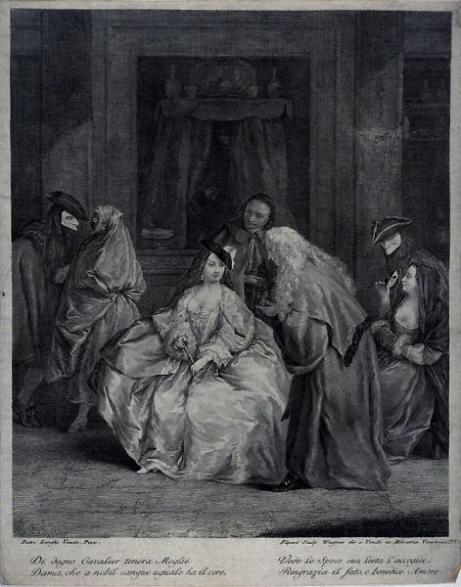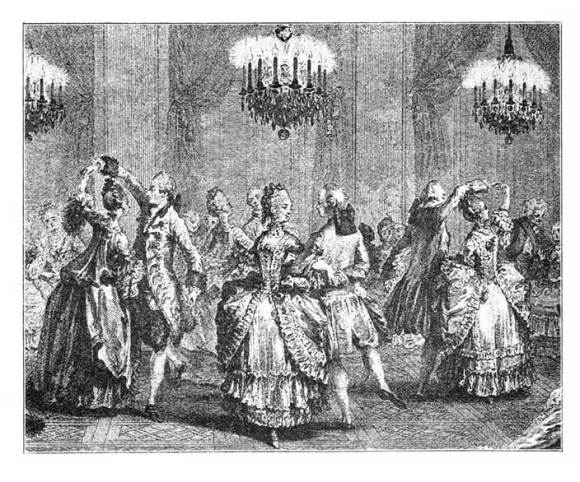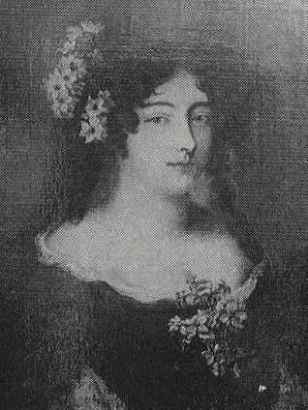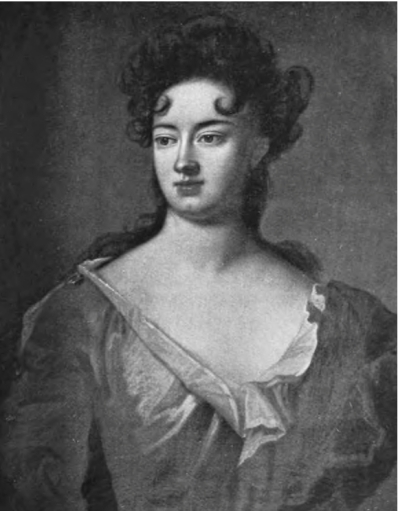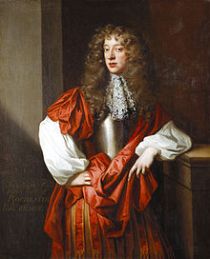Bonsoir!
To those who follow me on Twitter or who know me on Facebook, it is no secret that I hold Venetian masks and all things 18th century very close to my heart. Masked balls are a constant source of delight to me, whether attending them or researching them.
Masquerade balls started life in the 14th century with one of the first famous ones being a ‘Bal des Ardents’ held by King Charles VI of France. They gained popularity throughout the 15th century as a convenient way to celebrate monarchs and their reigns but it was in the 18th century when the masked ball really gained momentum. Due to the changing society, social rules were considerably more lax, creating a sense of informality with manners and more specifically, dress too.
‘Di degno Cavalier tenera Moglie’ by Pietro Longhi (1702–1785)
Cads, fops,rakes, doxies and concubines abounded, no longer feeling necessary to conform to the prudery of previous generations and finding numerous opportunities in which to conduct trysts. As the notoriety of masquerades increased, chaperones often accompanied others to these events. In these situations, dances were often used as a way to indulge in licentious language , physical contact and a frequent display of body language.
‘La Folia’ by Arcangelo Corelli – the ultimate piece of music to dance to at a masquerade. http://www.youtube.com/watch?v=VHRdFILo_Yw
‘Chaconne des Scaramouches’ by Jean-Baptiste Lully – a rather elegant piece to dance to. http://www.youtube.com/watch?v=PW7dmsaNNm8
A minuet from ‘Les Indes Galantes’ by the incomparable Jean-Philippe Rameau.
http://www.youtube.com/watch?v=xf8V2nZBnF0
Gavottes in D Major by the darling Johann Sebastian Bach
http://www.youtube.com/watch?v=-dmXyG5PD3w
A depiction of a ballroom dance by August de l’Aubin
Dances common in the 18th century were chaconnes, ridottos, minuets, sarabandes, passacaille, rigaudon and my personal favourite, the gavotte.
It does pain me to say this but Samuel Richardson was a critic of the masked ball. Henry Fielding and Eliza (we share a first name!) Haywood too. I highly recommend this page about the ‘Anti Masquerade movement’ – do read it! http://www.umich.edu/~ece/student_projects/masquerade/anti.html
Oh mon Dieu, had these critics no notion of FUN?

